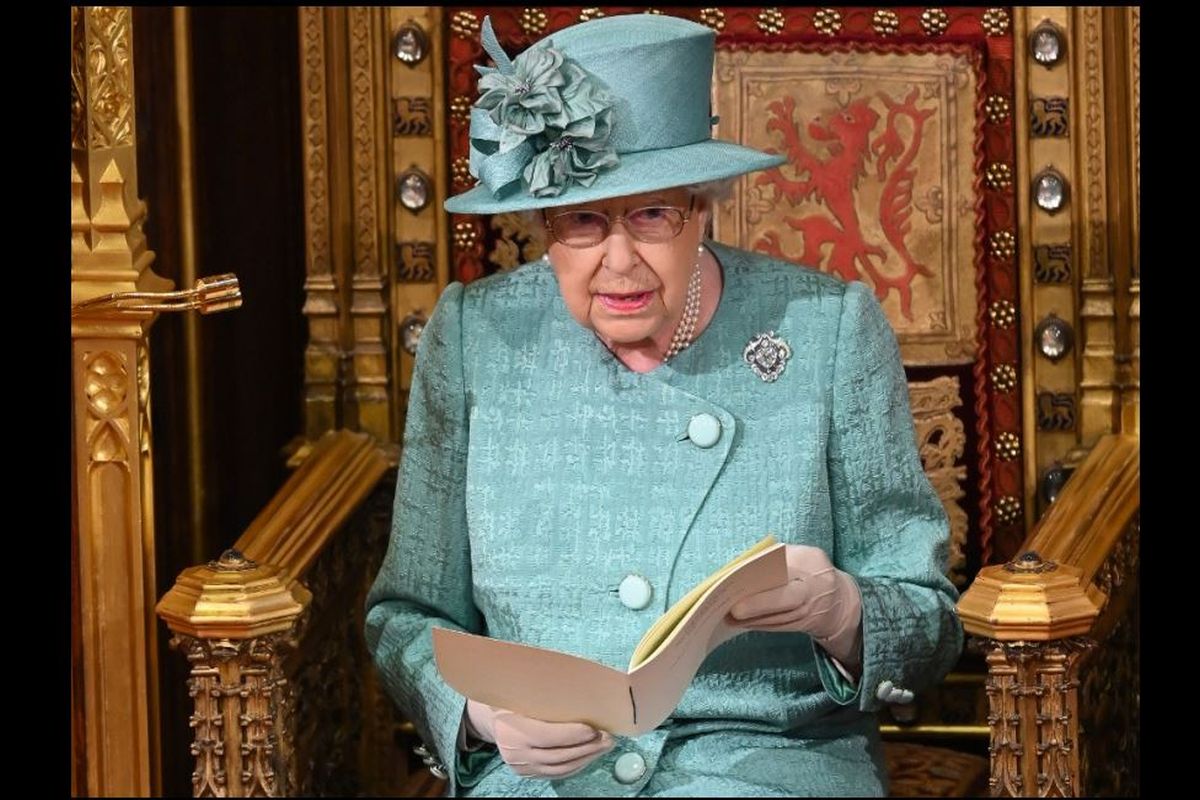From a remarkably discouraging presentation barely nine weeks ago, Thursday’s address by the Queen of England had a decidedly positive connotation. Quite obviously, the change in tenor and substance was occasioned by the resounding victory of the Conservatives in the third election in as many years. As she sat on the throne of Westminster, flanked by Prince Charles, her presence went beyond the customary grandstanding. She has utilised the opportunity to spell out the Brexit agenda, indeed the priorities of Boris Johnson’s born-again government.
Though his government, previous and present, scripted both speeches, the two were fundamentally different. An election has thus brought about a profound change in the signal of intent ~ a testament to the resilience of the fountain-head of democracy. The speech last October was debunked in Britain as a political stunt carried out in the face of a divided Parliament. It was a desperate attempt to force the issue of Brexit so that Britain could leave the EU by 31 October, indirectly lampooning critics of the Brexit strategy as “blockers and wreckers”. It contained nothing that was concrete about fundamental issues such as social care and climate change. Uninspiring to the electorate, it was crafted by a government helmed by a lame-duck Prime Minister.
Advertisement
Not that Thursday’s speech was remarkably explicit; it was in part marked by vague generalities, far removed from any legislative plan of action. “Glitter but no gold” has thus been the response of constitutional observers. But judging by the yardstick of substance and strategy, it scores significantly over the previous edition. Have Mr Johnson and his team metamorphosed in a span of two months? While it is early days to hazard a guess, the Queen’s speech mirrors the election victory and his working majority. He now has the votes to deliver and thus apply the brakes on what has turned out to be a roller-coaster narrative.
Now as before, Brexit remains Mr Johnson’s uppermost priority. It was the first item in the Queen’s speech and it was followed, on Thursday afternoon, by the fresh presentation of the government’s withdrawal agreement bill, which received a formal first reading. Clearly, there has been a procedural rush, which isn’t a welcome precedent. The bill wasn’t studied, let alone discussed. Bills are normally published at least 10 days before the second reading . It will be hard to escape the conclusion that proper parliamentary procedures were accorded the short shrift amidst the government’s anxiety to present Brexit as a done deal. The Queen’s speech was riveted to two issues.
First, that the Brexit gridlock of the last Parliament is over; and second, that Mr Johnson’s domestic priority post-Brexit is to focus on the areas captured from Labour last week. But Brexit details need exposure, notably on immigration, employment and the environment. There is little that is known and much that is fogbound… as with India’s citizenship legislation









